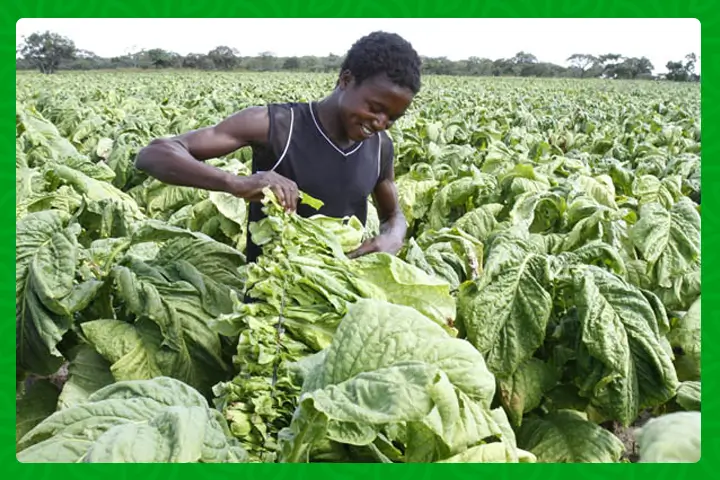
In a remarkable stride toward sustainable farming and environmental preservation, the Tobacco Industry Marketing Board (TIMB), in collaboration with Kutsaga and Hwange Colliery Company Limited, has unveiled a groundbreaking coal facility tailor-made to delight tobacco farmers. This innovative initiative not only promises to reduce production costs but also addresses the pressing concern of deforestation.
A Lifeline for Tobacco Farmers
For the farmers whose livelihoods depend on tobacco, this coal facility is a ray of hope. Designed to resolve fundamental production issues impacting sustainability and farmer viability, it offers a lifeline to the very heart of Zimbabwe’s agriculture.
Reducing Costs, Boosting Viability
Tobacco farming in Zimbabwe has grappled with the overwhelming challenge of high production costs, from essential inputs to curing energy. These escalating costs have cast a shadow on the viability of tobacco farming in the country. The coal facility represents a significant cost-saving solution that promises to reinvigorate the sector.
A Game-Changer in Curing
With the introduction of this coal facility, tobacco farmers can anticipate substantial savings in the curing process. By making this critical element more affordable, the coal facility directly contributes to making tobacco farming more profitable and sustainable.
A Resounding Response to Farmer Appeals
The Zimbabwe Tobacco Growers Association’s appeal for a reduction in the cost of production has resonated with the industry. Through tireless lobbying and advocacy, the collaboration between TIMB, Kutsaga, and Hwange Colliery Company is bringing this appeal to life. Farmers are applauding this as a monumental step towards reducing costs and ensuring that tobacco farming remains profitable.
Empowering Farmers and Tackling Middlemen
George Seremwe, president of the Zimbabwe Tobacco Growers Association, is elated that their call has been heard. He emphasizes the need for reasonable profit margins in the industry, underscoring that middlemen have been causing price distortions. By reducing the cost of production, more individuals are likely to participate in tobacco farming, strengthening the sector and the livelihoods it supports.
An Environmental Imperative
Tobacco production, while a significant contributor to Zimbabwe’s economy, has also had its share of environmental consequences, including deforestation, carbon emissions, and water contamination. The coal facility aligns with TIMB’s broader initiatives to mitigate the environmental impact of tobacco farming.
A Record Crop and a Brighter Future
Zimbabwe achieved a record crop of 296 million kilograms of tobacco for the 2022/2023 season. As tobacco production significantly contributes to the country’s GDP and stands as a major export in the agricultural sector, these sustainable initiatives are vital to ensure the industry’s long-term viability.
A Vision of Sustainability
The coal facility is a testament to the industry’s commitment to sustainable practices. While the journey toward more sustainable curing systems and alternate fuels is ongoing, the coal facility stands as a vital stop-gap measure. It ensures that Zimbabwe can maintain its production levels while protecting the livelihoods of thousands of farmers.
Seizing the Opportunity
This moment is not just about innovation; it’s about seizing an opportunity to redefine the future of tobacco farming. With the coal facility in place, farmers can look forward to a more profitable, sustainable, and environmentally responsible future. It’s a beacon of hope in a world where environmental preservation and economic viability go hand in hand.
The original article written By Belinda Chiroodza


















